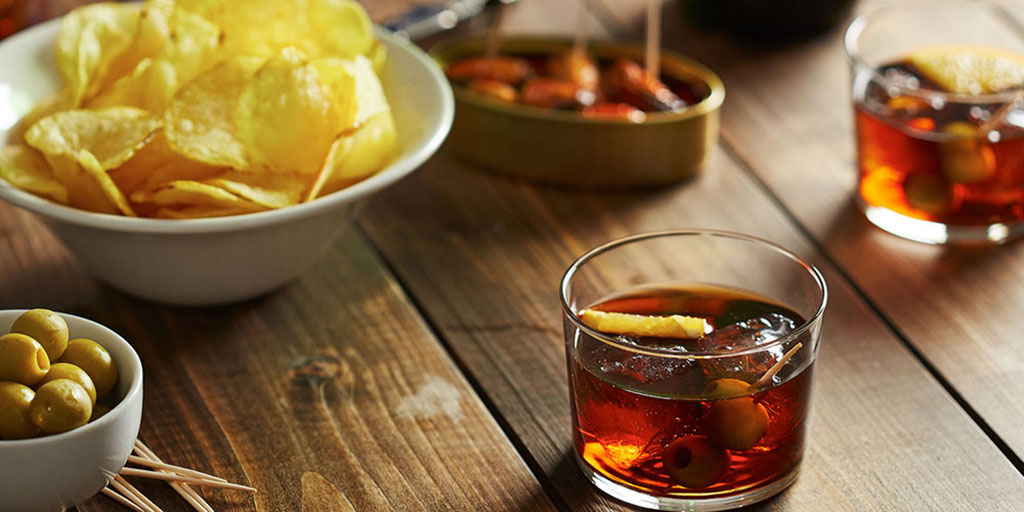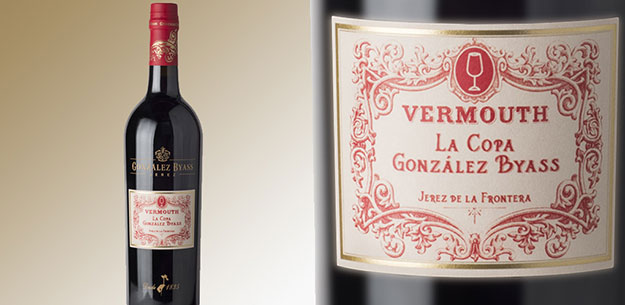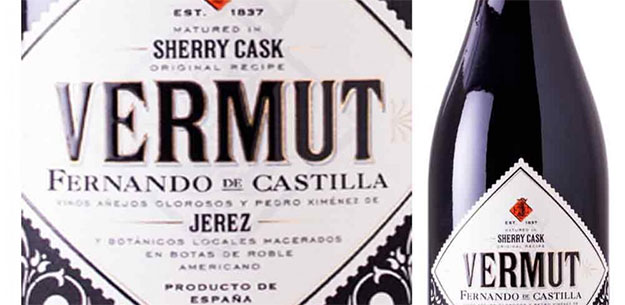.png.transform/rendition-xs/image_image%20(1).png)
Sherry Vermouth? The Vermouth Revival Continues in Jerez
There is perhaps nothing so Spanish as an aperitif of vermouth – unless it’s a glass of Manzanilla, Amontillado or another dry Sherry. Put these two concepts together and what do you get? Vermut de Jerez, of course!

Text: Adrienne Smith/©ICEX
In a world where all that is vintage has become the height of modernity, celebrated Spanish chefs and winemakers are continuing to interpret this concept in new ways, yielding results that are as firmly rooted in the past as they are leading the way for future trends. And while our forbearers’ recipe books have never been so coveted, their designs more popular and their culture more envied; new techniques and practices allow us to interpret this gastronomic past in inspiring and enjoyable ways.
One of the latest examples of this is the resurgence of Spanish vermouths made from Sherry wines, referred to as vermut de Jerez. These aromatized, fortified wines are made by macerating botanicals in Sherry, and they were extremely popular in this Andalusian region in the late 1800s, before fading into near-oblivion. Now, this product is celebrating its revival at a time when the Spanish vermouth-craze is once again sweeping the nation, as well as making its way abroad.
In the spirit of this come-back, three wineries in Jerez de la Frontera have released vermouths made from Sherry wines: González Byass La Copa Vermouth, Lustau Vermut, and Fernando de Castilla Vermut. In addition to sharing their vintage aesthetic and regional roots, these fortified wines are also all exported and enjoying additional popularity thanks to the growing international fame of master bartenders – like Spain’s Javier de la Muelas – who use them in their cocktails. They are also notable for their nuttier, more mineral characteristics, which set them apart from the fruiter, typically red wine-based vermouths made in other parts of Spain. In any case, whether served neat, or on ice, with seltzer or without, or mixed into a cocktail, there is no time like the present to start savoring these different examples of vermut de Jerez.
Traditional recipes resurrected

Legendary González Byass wine maker Antonio Flores turned to the excellently curated archives of this historic winery to locate the formula for this product, which was originally produced by the winery between 1896 and 1926. Therefore, La Copa Vermouth represents a return to this original recipe, which calls for blending Oloroso and Pedro Ximénez soleras that are older than eight years with wormwood, cloves, orange peel, cinnamon, nutmeg, angelica and cinchona bark. The result is a notably elegant and velvety vermouth with layered notes of clove and cinnamon, hints of citrus and a just-barely bitter finish. The winery recommends drinking it in a Sherry glass with ice and a slice of orange, and rumor has it that the wine maker is researching old records once again to develop both a white vermouth and a barrel-aged reserva version in the future.
Forging new paths

Although Bodegas Lustau also looked to the past for the recipe, it then carefully adapted it into the two styles of vermouth that the winery makes today, a red and a white. The red came first, developed by winemaker Manuel Lonzano using a base of Amontillado and Pedro Ximénez Sherries. Each of the wines is aged on its own for a decade, before being macerated with a mixture of ten herbs and spices that include cinnamon, coriander, wormwood, ginger, orange peel, sage, gentian and nutmeg. The infused wines are then blended together to obtain the desired result. Velvety on the palate, Lustau’s red vermouth has prominent citrus notes, a marked bitterness and a slightly sweet and nutty finish, over a smoky wood background.
For its part, the white version blends a dry Fino with a sweetly floral Moscatel wine. The resulting vermouth has the classic mineral notes of the Fino, layered with orange peel and herbs like chamomile, rosemary and marjoram, as well as the typical bitter notes of gentian and wormwood.

Bodegas Fernando de Castilla’s vermut de Jerez is also the result of a new recipe, which involves blending together Pedro Ximénez and Oloroso sherries with eight years solera that have been macerated with a mixture of twenty-seven different botanicals and aged in the winery’s sherry casks.
Although quite smooth on the palate, this vermouth has a notable bitterness that is marked by warm notes of orange and lemon peel, cinnamon and wormwood. Its aromas are reminiscent of dried fruit, nuts and herbs like cinnamon, cardamom, clove and black licorice.
These aromatized, fortified wines are made by macerating botanicals in Sherry, and they were extremely popular in this Andalusian region in the late 1800s, before fading into near-oblivion.
Adrienne Smith/©ICEX.


